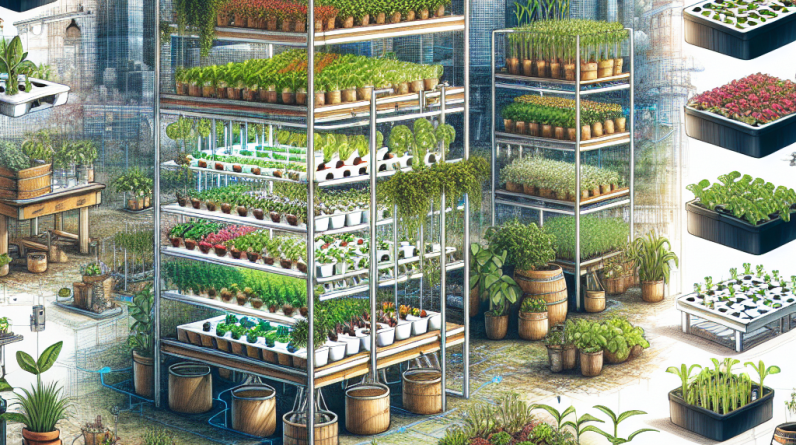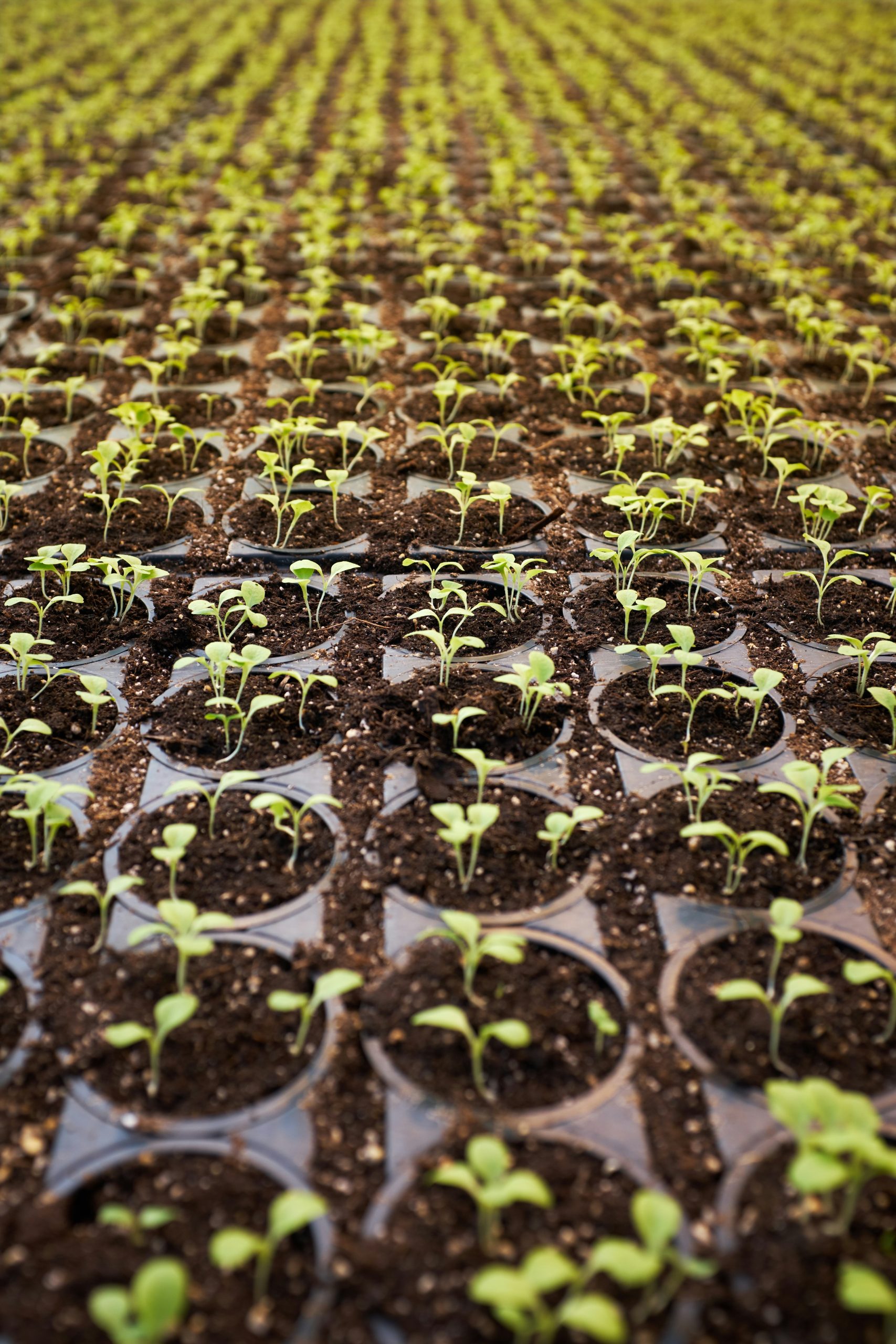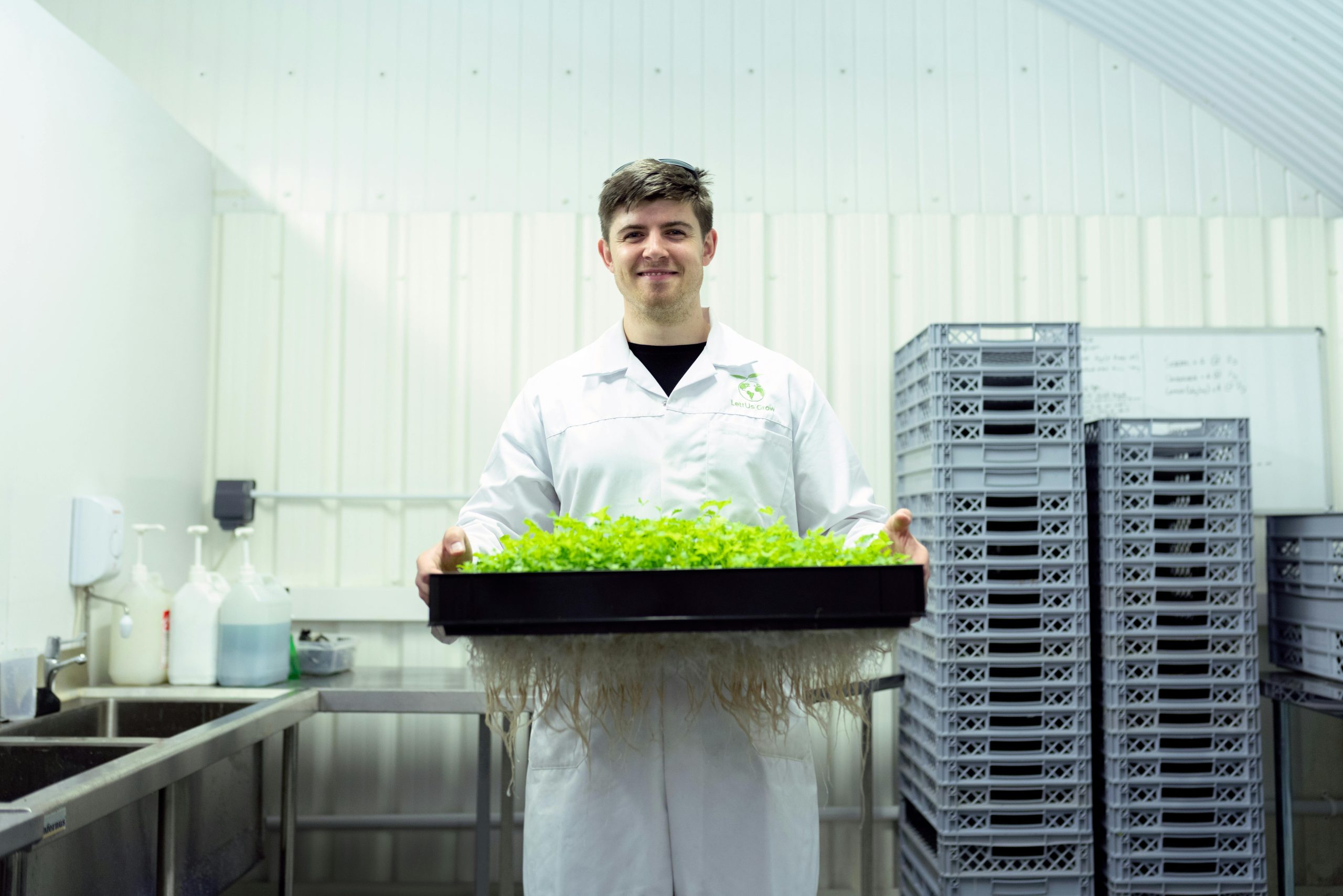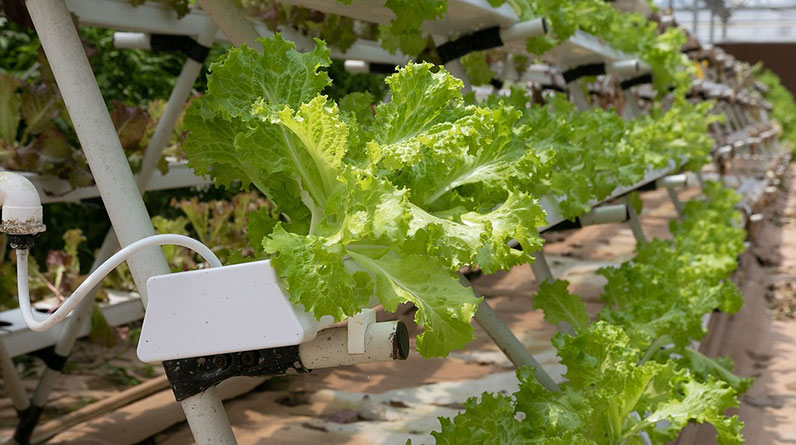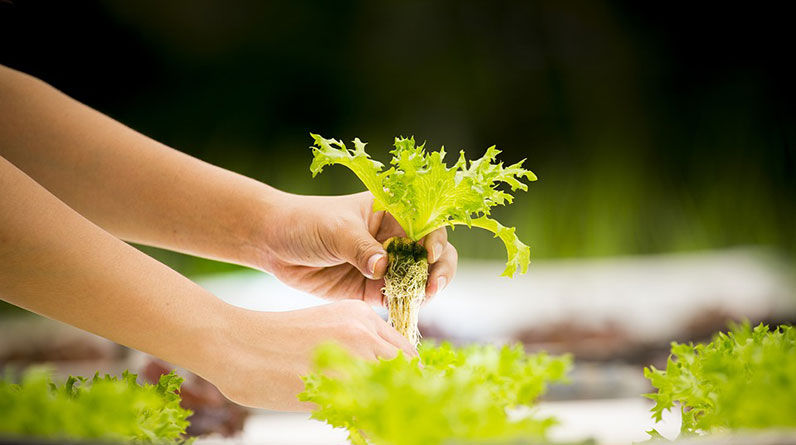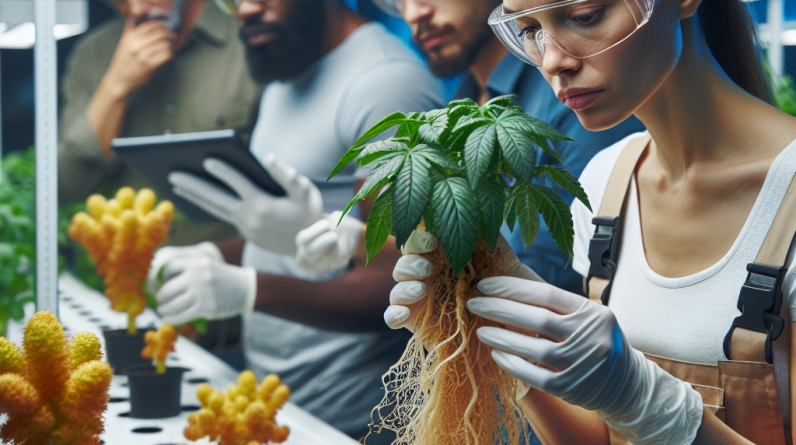
1. The Fundamentals of Hydroponic Vertical Farming
Understanding Hydroponic Systems
Hydroponic vertical farming is an innovative method that allows us to grow plants without soil, using nutrient-rich water solutions. In 2025, the importance of understanding these systems has never been greater, especially as urban agriculture gains momentum. By mastering these fundamentals, farmers can maximize yield in limited spaces and adapt to varying environmental conditions. This approach offers a sustainable alternative to traditional farming, reducing land and water usage significantly.
Many successful urban farms in 2025 rely on hydroponic systems such as NFT (Nutrient Film Technique), deep water culture, and aeroponics. Understanding the mechanics of each type allows growers to select the best fit for their crops and space constraints. For instance, NFT systems are ideal for leafy greens, while aeroponics excels in faster growth rates for herbs and strawberries.
Investing in quality equipment and learning the science behind nutrient delivery and pH management ensures healthy plant growth. As research reveals, optimizing these parameters can result in up to 30% higher crop yields and 50% faster growth cycles. Growing knowledge about hydroponic basics is essential for success in 2025’s competitive market.
Advantages of Vertical Farming in Urban Areas
Vertical farming transforms underutilized urban spaces into productive farms. It allows produce to be grown vertically in multi-layered racks, maximizing limited land use. In 2025, cities are increasingly adopting this method due to its efficiency and proximity to consumers, leading to fresher produce and reduced transportation costs. Urban vertical farms contribute to food security and help combat food deserts.
Another advantage is the ability to control growing environments tightly, reducing vulnerability to pests, diseases, and weather fluctuations. This results in consistent quality and supply regardless of external conditions. Additionally, urban vertical farms significantly cut down water consumptionâup to 90% less than traditional farmingâmaking them highly sustainable.
By integrating hydroponic vertical farming into city landscapes, communities can enjoy locally grown, organic produce year-round. Successful examples in 2025 include high-rise farms in city centers, which employ advanced automation and IoT technology for efficient management.
2. Choosing the Right Vertical Farming Structures
Types of Vertical Growing Systems
Selecting the appropriate vertical structure is crucial for optimizing space and crop yield. In 2025, options range from rack systems and tower farms to modular and automated setups. Rack systems are simple and cost-effective for small-scale operations, while tower farms offer vertical stacking with minimal footprint.
Modular systems allow flexibility, enabling growers to expand or reconfigure their farms easily. Automated vertical farms incorporate robotics, sensors, and data analytics, offering precision control over environmental factors. These high-tech solutions are gaining popularity in 2025, especially among commercial farmers seeking scalability and efficiency.
Consider crop type, available space, budget, and automation goals when selecting a structure. For example, leafy greens thrive in stacked rack systems, whereas fruiting plants may require more specialized support. The right choice can significantly influence productivity and operational costs in 2025.
Material Considerations for Durable Structures
Materials used in vertical farming structures must withstand frequent cleaning, humidity, and weight loads. Common options include stainless steel, aluminum, and high-grade plastics. In 2025, sustainability is also a key factor, with an emphasis on recyclable and eco-friendly materials.
Stainless steel offers durability and ease of sanitation, ideal for high-traffic commercial farms. Aluminum is lightweight and corrosion-resistant, suitable for modular designs. Recycled plastics are increasingly popular due to their environmental benefits and cost-effectiveness, though they require proper maintenance to prevent wear.
Investing in high-quality materials reduces maintenance costs and extends the lifespan of your system. Moreover, selecting non-toxic, food-grade materials ensures safety and compliance with regulations in 2025’s health-conscious market.
2025. The Future Outlook of Hydroponic Vertical Farming
Emerging Technologies and Innovations
Looking ahead to 2025, hydroponic vertical farming is poised for remarkable growth driven by technological advancements. Emerging innovations include AI-powered monitoring, machine learning algorithms, and advanced LED lighting systems that adapt to plant needs in real-time. These tools promise to optimize yields and reduce operational costs significantly.
Additionally, integration with renewable energy sources, such as solar panels and wind turbines, is making vertical farms more sustainable. The adoption of blockchain technology for supply chain transparency is also gaining traction, ensuring quality and traceability for consumers.
By leveraging these innovations, farmers can achieve higher efficiency, minimize waste, and create more resilient farming operations. The future of hydroponic vertical farming in 2025 is bright, with endless possibilities to revolutionize urban agriculture worldwide.
Frequently Asked Questions
1. What is hydroponic vertical farming?
Hydroponic vertical farming is a method of growing plants without soil, using nutrient-rich water solutions in vertically stacked layers. It allows for efficient use of space, water, and resources, making it ideal for urban environments and limited land areas.
2. How do I choose the right vertical farming system for 2025?
Selection depends on the crops you want to grow, available space, budget, and desired automation level. Options range from simple rack systems to fully automated tower farms. Consider your long-term scalability and maintenance needs when choosing a structure.
3. What are the main benefits of hydroponic vertical farming?
Benefits include increased crop yields, reduced land and water use, faster growth cycles, and the ability to grow year-round in controlled environments. It also minimizes pesticide use and reduces transportation emissions by enabling local production.
4. What future trends should I watch in hydroponic vertical farming?
Expect continued integration of AI and IoT for smarter farms, adoption of renewable energy, use of more sustainable materials, and expansion into new urban markets. Innovations in crop variety and automation will also enhance profitability and sustainability.
Conclusion
In 2025, hydroponic vertical farming stands as a game-changer for sustainable urban agriculture. By understanding the fundamentals, choosing suitable structures, and embracing emerging technologies, growers can maximize productivity while minimizing environmental impact. The keyword phrase ‘hydroponic vertical farming’ encapsulates this innovative approach that is shaping the future of food production. Whether you’re a seasoned farmer or a curious enthusiast, staying informed about the latest strategies will ensure success in this rapidly evolving field.


